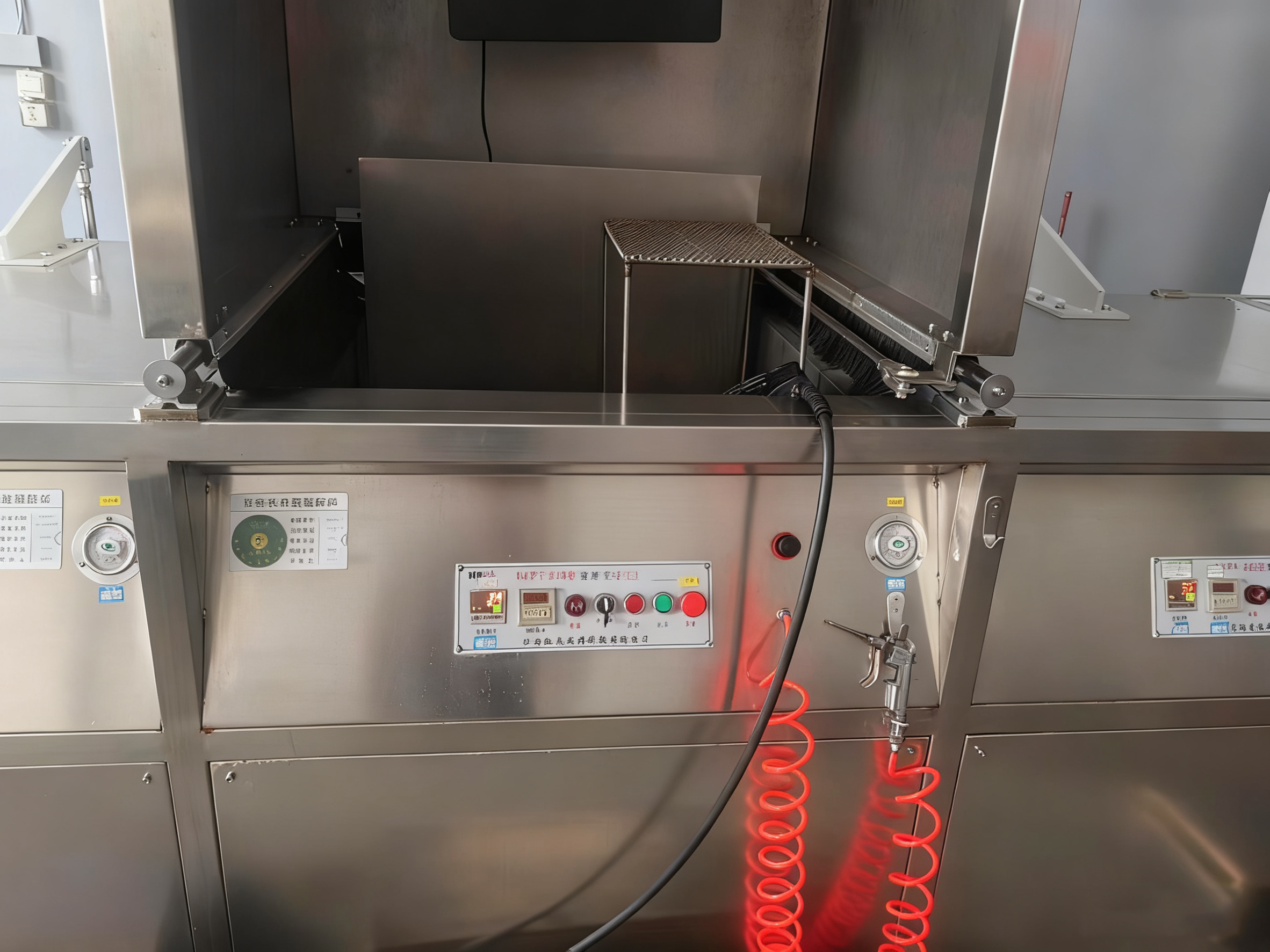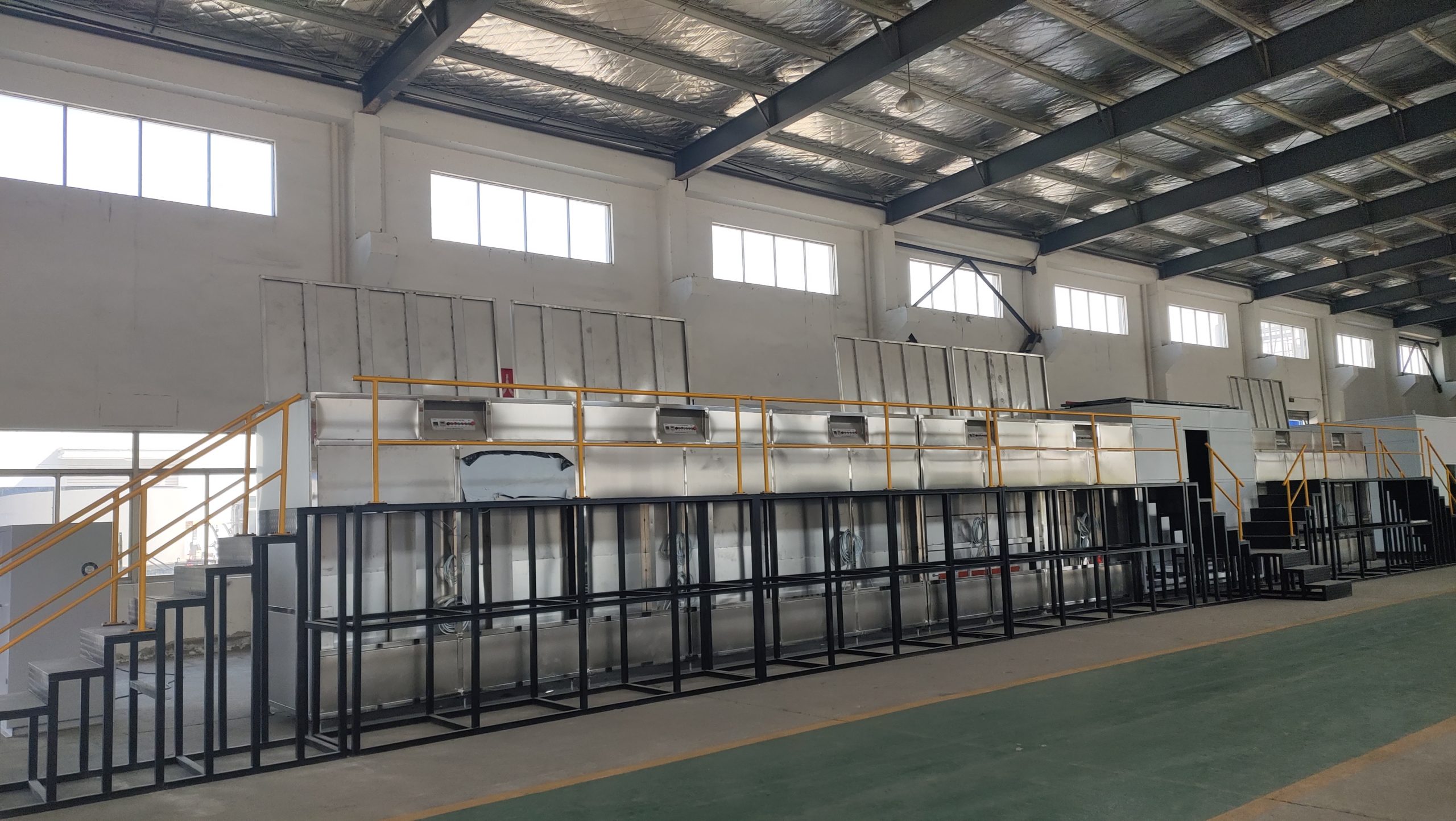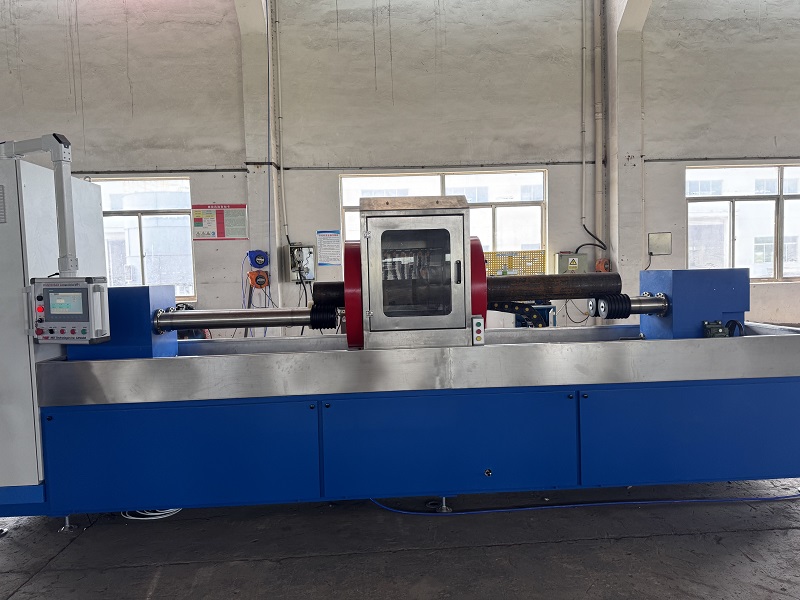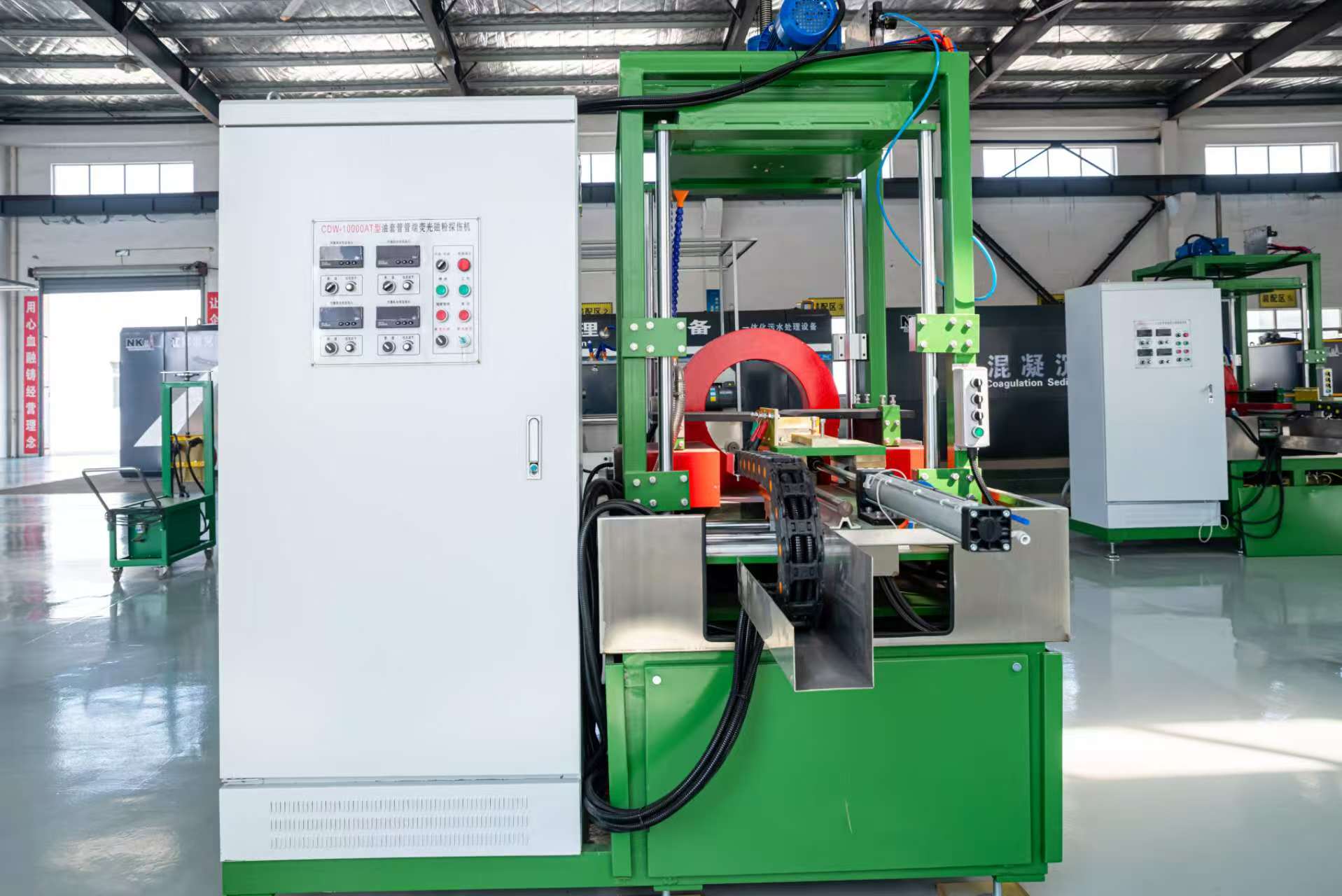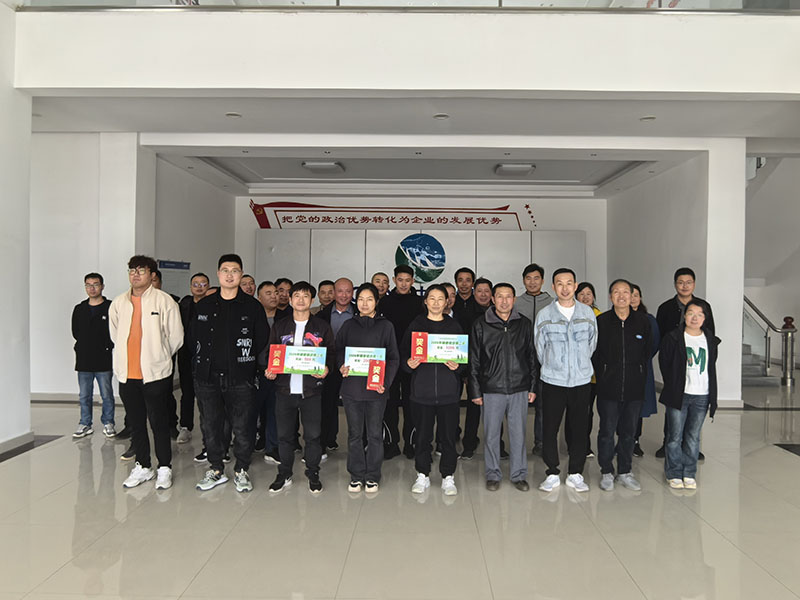Magnetic Particle Inspection (MPI) is a widely used non-destructive testing (NDT) method for detecting surface and near-surface defects in ferromagnetic materials. A key element of this method is the use of magnetic particles and magnetic suspensions.
🧲 What Are Magnetic Particles?
Magnetic particles are fine ferromagnetic materials, often made of iron oxide, that are used to visualize flaws on the surface of a component when a magnetic field is applied. These particles are available in two main forms:
-
Dry Powder: Typically used for field inspections or rough surfaces.
-
Wet Suspension: Magnetic particles suspended in a liquid carrier, offering better sensitivity and clearer indications.
Particles may also be colored (black) for visible-light inspection or fluorescent for high-sensitivity inspection under UV light (black light).
💧 What Is Magnetic Particle Suspension?
Magnetic suspension refers to the combination of magnetic particles and a carrier fluid. This fluid can be oil-based or water-based, depending on the inspection environment and safety requirements.
A well-prepared magnetic suspension should:
-
Keep particles uniformly dispersed
-
Be stable over time (no settling)
-
Have optimal viscosity and flow characteristics
-
Be safe for operators and the environment
🌟 Why Is It Important?
Choosing the right magnetic particles and suspension directly impacts:
-
Sensitivity of flaw detection
-
Clarity of indications
-
Inspection efficiency
-
Operator safety and environmental compliance
At Nuke NDT, we provide high-quality magnetic particles, fluorescent suspensions, and complete MPI systems that ensure reliable and accurate inspections across industries like aerospace, automotive, and energy.


